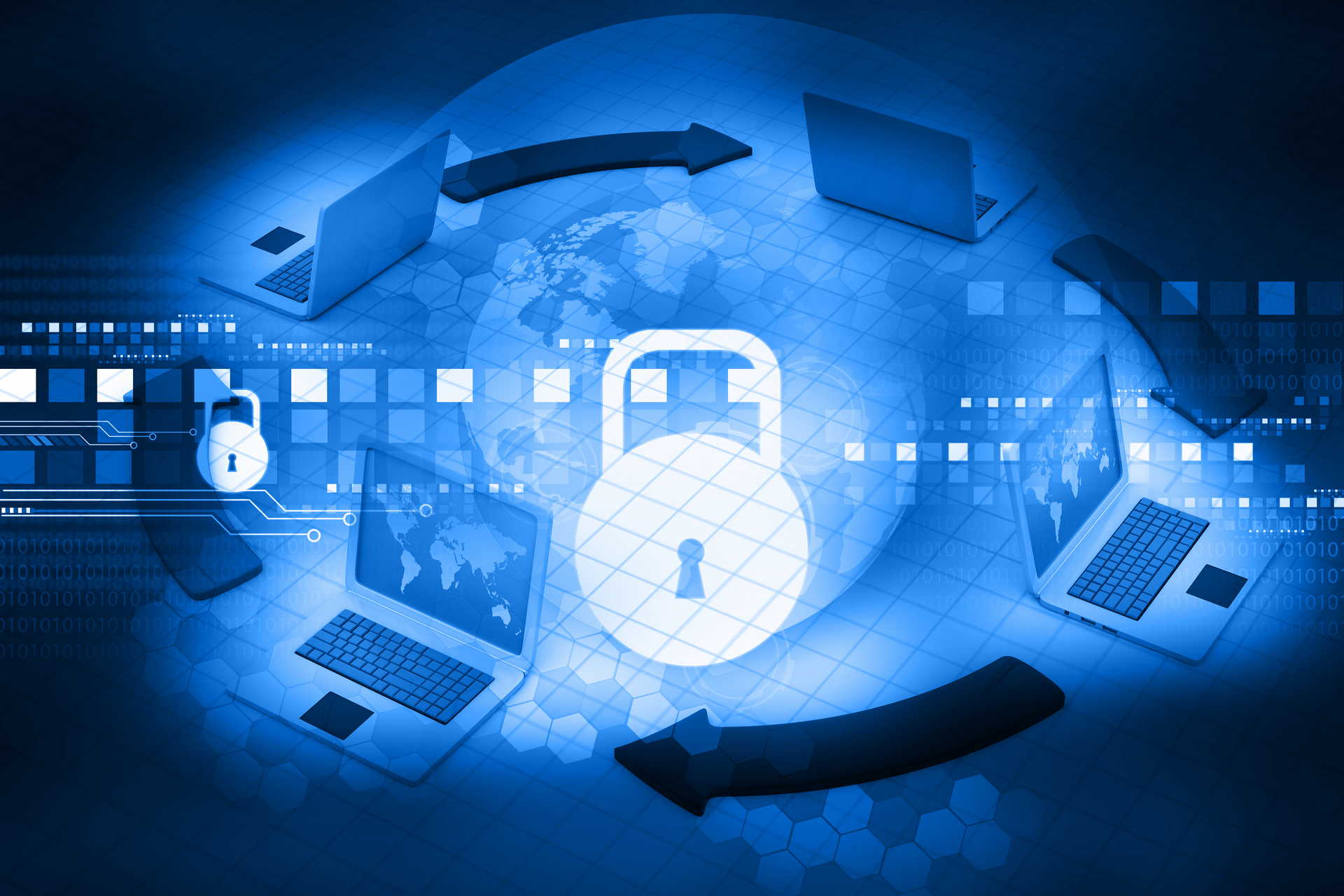Today, the changing times have made Work from Home (WFH) the new normal. The ability to connect from any location is also going to be the new normal that most companies will have to follow. The easy accessibility of information from any place can be credited to the Cloud. Working from remote locations also helps in cutting down a company’s OPEX in the form of reduced office-based equipment, set up along with establishing networks.
Times have changed, and it has indeed brought in several advantages as well as disadvantages for remote working. Talking about the benefits, companies can seamlessly continue to operate with their employees working from their locations. This can also can cause a significant threat to the security of weakly established networks and employee devices. With a considerable number of employees working remotely from home, there can be quite disrupting situations, especially for cybersecurity. The extended WFH policy has already witnessed damages on network security. The threat blooms in case of sensitive information like company and user’s data along with specific finance and security-related data.
Cybercrimes on the Rise
Cybercriminals have always looked to enhance their attacking tactics for targeting companies. Several phishing campaigns have risen during this pandemic period and look like it is not going to end soon. More theme-oriented emails have also increased, resulting in disrupted malware. All due to this, several companies have decided to go for a permanent shut down, rather than identifying and resolving cybercrime-based challenges.
Security Challenges and Responding to Them
Under this section, we shall be seeing some of the significant challenges that are a result of network-based vulnerabilities are and how companies can resolve them.
-
Minimum Security on Personal Devices
Whenever a user uses either a public or personal device/network, there is a very high possibility of leaking out crucial data to various online vulnerabilities. Data security has been the top concern for businesses of all sizes. Talking mainly about small businesses having a remote workforce can prove to be the biggest concern, and this concern needs to be resolved with the highest priority.
Responding to the Challenge:
Firstly, all companies must make sure that employees are well educated and aware of all the likely dangers, along with the best security practices. Stringent security policies must be taught, and employees should also mandatorily ensure that their devices are well protected by a trusted security tool like antivirus and security-based software.
-
Tracking Business Assets on Cloud
Asset management plays a crucial role in enhancing the total productivity and efficiency of any business. In the technology domain, assets include- essential data software along with any other information that helps in driving the business value. Companies must make sure that these assets are primarily protected from all possible threats. While working from the desk, companies ensure that their critical data asset management is secured, but while working from a remote location doesn’t come with such an assurance.
Responding to the Challenge:
Companies can opt for various solutions like- geofencing, predictive asset monitoring for efficiently handling their asset management needs. An alternate approach could be opting for cloud-based platforms that allow companies to store their information and secure assets with a trusted Cloud Hosting provider.
-
Inadequate Backup and Recovery Systems
When employees work from home using their devices, it is quite difficult for them to restore their critical information in case of a loss. As the employees don’t have enough resources, there are meager chances that data has been regularly backed up. Losing out crucial information is equally dangerous as compared to getting leaked.
Responding to the Challenge:
Employees need to understand the significance of creating backups and replicas of their critical data on their remote systems. Companies have a choice to either consider a centralized backup and recovery system for all remote devices or going for a Cloud-based backup. Cloud backups can be a useful option as data can be replicated at several locations at the same time. In case the data at a system goes down, it can easily be reproduced from other hosted sites without incurring any downtime.
-
Lack of Key Information
The biggest challenge, while remotely working, is the inefficiency to stretch the critical information regularly. While working at remote locations, informing everything to employees can be a challenge as compared to having a one-to-one conversation. Various messaging tools are no doubt helping companies, but there is still a considerable gap that exists when there is a direct conversation between the employees and the company.
Responding to the Challenge:
The best way to deal with remote teams is to use tools like video conferencing tools as they tend to offer better communication and helps in establishing more trust within employees.
More Cybersecurity-Based Challenges for Remote Workforces
Besides, the challenges mentioned above, the following are some additional challenges for companies with employees working from home:
- Companies must ensure that they define strong passwords while creating new accounts for remote employees.
- Employees should also make use of VPNs for enhanced cybersecurity levels. VPNs from a trusted provider offers a good amount of licenses and bandwidth for smooth working.
- A DNS filter can be implemented as it prevents employees from using websites that may be at high risk for devices issued by the company.
- If possible, companies can disable USP ports in personal devices for avoiding any use of portable storage-based devices. Disabling ports helps in minimizing risks related to malware and data breaches.
Conclusion
When employees work remotely, it does bring in various cybersecurity challenges for a company. Some key challenges have been discussed in the article. Despite working remotely, companies can ensure that their employees are working in a secure environment by offering them various cybersecurity solutions like a VPN, WAF. Employees must be given proper training in cybersecurity and its associated policies.
DepositPhotos – cyber crime


